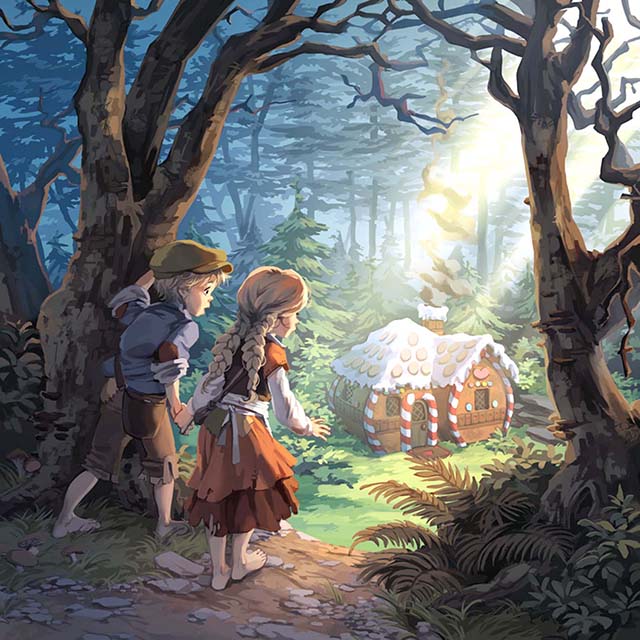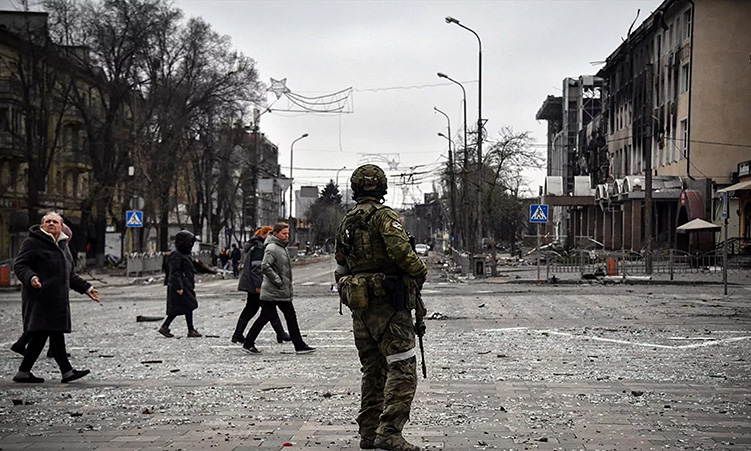Fairy tales began as stories, often based on legends, folklore and myths, told within various communities and passed down over generations.
If you’ve ever wondered where fairy tales like ‘Snow White and the Seven Dwarves’, ‘Sleeping Beauty’ and ‘Cinderella’ came from, they are an assimilation of the works that Wilhelm and Jacob Grimm presented to the modern day world.
They formed part of the original collections by the Grimm brothers, compiled first in 1812 and then again in 1815. With further stories added to the volumes that expanded them to more than 200.
Here are few of the notable tales that have been popularised over the years.
‘Cinderella’
This old favourite describes the existence of a ‘rags to riches’ tale in the face of oppression and triumph over cruelty, suffered at the hands of evil family members.
The story is based on a daughter whose mother passed away due to illness, and has to live with her new family members after her father remarried a woman with two older daughters. Despite their own beauty, the step-sisters are mean and cruel to the daughter, with Cinderella being made to do most of the household chores.
This story has its roots in ancient times in China and the Greek states. Other versions of the fairy tale were found in Italy and France way before the Grimm brothers penned theirs.
Cinderella portrays the vision of a people who do not get noticed, though it is a love story of sorts, the unexpected achievement of success and recognition allows for the rise of the character.
‘Hansel and Gretel’
Also known in German as ‘Hänsel und Grethel’, or sometimes as ‘Little Brother and Little Sister’, ‘Hansel and Gretel’ is a well-known fairy tale of a brother and sister abandoned in the forest by their parents.
First published in 1812 in the very first volume of fairy tales, this story has been a favourite. It tells the story of the hidden dangers that children can face, as the pair of siblings are lured into the woods and kidnapped by a man-eating witch. The lure was the house that was made of gingerbread and covered with other confectionary items.
The story is set in medieval Germany and features a poor woodcutter and his two children. Due to famine and other hardships, the wife (stepmother to the siblings) of the woodcutter decides to abandon the children in the forest so that she and her husband do not starve to death. This is when events start to unfold as the children get lost in the woods and then stumble upon the gingerbread house, which they start to eat.
This is a classic tale of overcoming hardship and triumphing over evil in the end. There are similar tales throughout Europe with different names.
‘Rapunzel’
This tale describes the romantic adventures of a princess locked in a tower. Her incredible hair growth provides the only entrance into and exit out of the tower – through the recitation of ‘Rapunzel, Rapunzel, Let down your hair, So that I may climb your golden stair!’.
The plot centres on a couple who live right next to a garden that has a high wall. The wife craves the leafy green vegetable known as Rapunzel that grows in the garden. When she becomes pregnant, the husband has to make more trips to the garden, where he is finally caught by the sorceress.
He then strikes a deal with her to continue harvesting the plant, as long as the newborn baby is given to the sorceress. The child is named Rapunzel as well, and when she turns 12, is locked away in a tower that has no door and no stairwell, with only a single window to a single room.
An earlier Christian version of Saint Barbara, who was locked in a tower by her father, features the same plot, as well as another version from ancient Persia about Rudaba, who also has to let down her hair so that her lover, Zal, could climb up to her.
There are many favourites that provide a good read of classical European fairy tales. And the Grimm Brothers’ collection is still printed to this day by various publishers across the globe.
Stay informed with The Namibian – your source for credible journalism. Get in-depth reporting and opinions for
only N$85 a month. Invest in journalism, invest in democracy –
Subscribe Now!










